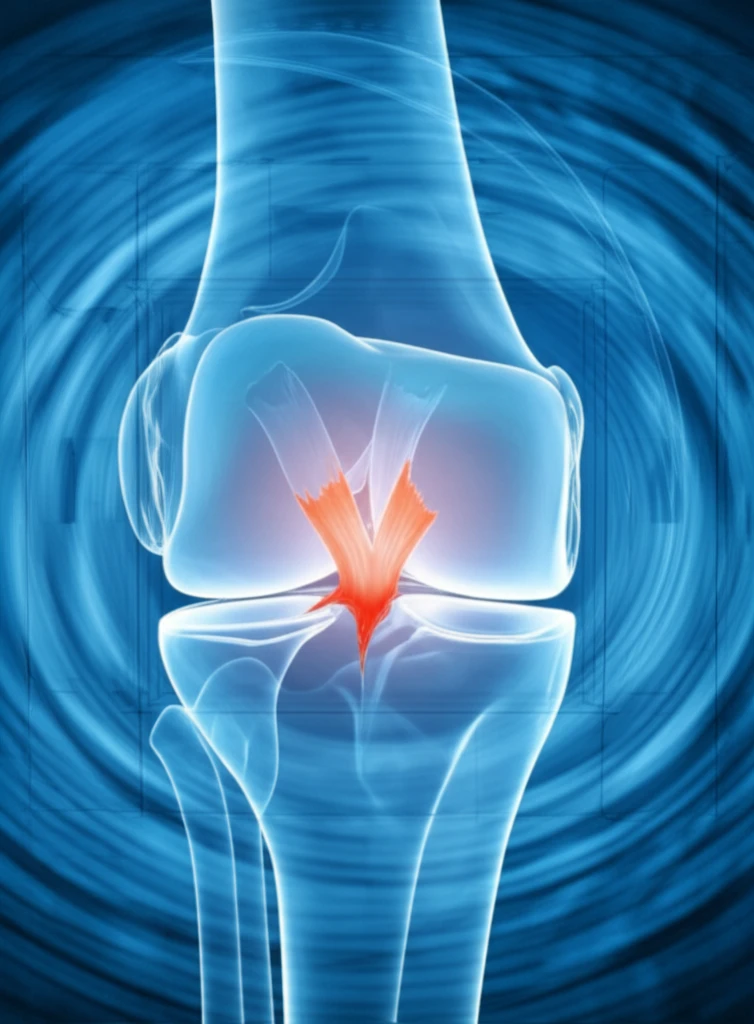
ACL Injury Imaging: Are You Seeing the Whole Picture?
"Uncover the hidden pitfalls in MRI diagnosis of acute ACL tears and learn how to avoid misinterpretations."
Anterior cruciate ligament (ACL) injuries are a common problem, especially among athletes. When someone suspects an ACL tear, magnetic resonance imaging (MRI) is often the first line of defense to confirm the diagnosis. MRI helps doctors visualize the soft tissues inside the knee, including the ACL. This imaging guides decisions about whether surgery is needed and how best to approach the repair.
However, MRI isn't always a slam dunk. Interpreting these images can be tricky, and sometimes, the initial MRI might not give the full story. This can lead to uncertainty about the extent of the injury and potentially affect treatment plans.
This article dives into the potential pitfalls of using MRI to assess acute ACL injuries. We'll explore some common misinterpretations and highlight the factors that can make accurate diagnosis challenging. Ultimately, the goal is to help you understand the limitations of MRI and ensure you're equipped to make informed decisions about your knee health.
The MRI Illusion: Why ACL Tears Aren't Always Clear-Cut

When an ACL tears, it doesn't always result in a clean, obvious break that's easily spotted on an MRI. In many cases, the injury presents with subtle signs like swelling (edema), bleeding (hemorrhage), and a general disruption of the ligament's normal appearance. These factors can obscure the actual tear, making it difficult to determine the precise location and severity of the damage.
- Swelling and Bleeding: Post-injury inflammation can cloud the image.
- Partial Tears: Distinguishing between partial and complete tears can be challenging.
- Individual Variation: Everyone's anatomy is slightly different, making it harder to define "normal."
MRI: A Powerful Tool, But Not the Only One
MRI remains an invaluable tool for evaluating ACL injuries. However, it's important to recognize its limitations and avoid relying solely on MRI findings. Clinical examination, including physical tests performed by an experienced orthopedic surgeon or sports medicine physician, plays a crucial role in assessing the stability of the knee and the extent of the injury. In some cases, further imaging or even diagnostic arthroscopy may be necessary to get a complete picture.
